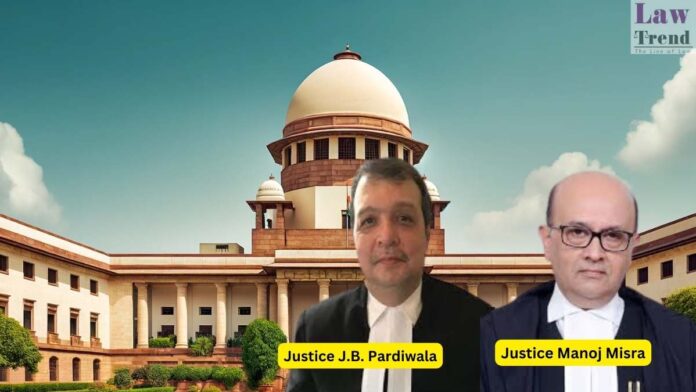In a landmark judgment, the Supreme Court of India, comprising Justice J.B. Pardiwala and Justice Manoj Misra, acquitted two individuals convicted of murder under Sections 302 and 201 of the Indian Penal Code (IPC). The Court meticulously examined the applicability and limitations of the “last seen theory,” emphasizing that mere proximity in time and space
To Read More Please Subscribe to VIP Membership for Unlimited Access to All the Articles, Download Available Copies of Judgments/Order, Acess to Central/State Bare Acts, Advertisement Free Content, Access to More than 4000 Legal Drafts( Readymade Editable Formats of Suits, Petitions, Writs, Legal Notices, Divorce Petitions, 138 Notices, Bail Applications etc.) in Hindi and English.




